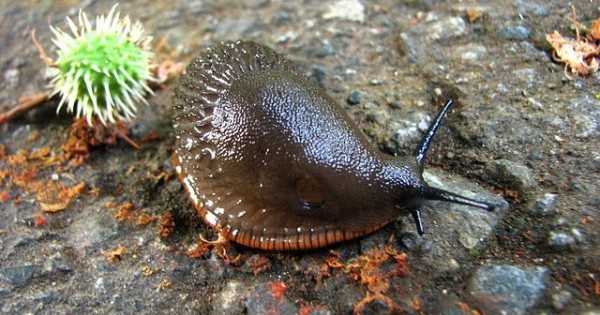
My sister Liz is a runner. On her 60th birthday she took her dog Earl (Australian shepherd famous for eating entire cherry pies) for a 10-mile run. Liz and Earl greatly enjoyed their run; so much so that they forgot to stop at 10 miles and ran for 15 instead. That’s what I mean when I say Liz is a runner.
Later, at lunch, we discussed ear buds, which almost all runners now wear, listening to NPR or Pearl Jam or Sir Mix-A-Lot or Mozart. Ear buds, Liz said, have transformed marathons and half-marathons. Formerly, a certain camaraderie prevailed among speed cohorts as marathoners and half-marathoners put in their mutual miles. But ear-bud-engrossed runners don’t speak. During one recent marathon, Liz, jogging along Lake Washington Boulevard—one of the curved and scenic Olmsted-designed routes we have in Seattle—looked up and witnessed a bald eagle soar down over the runners. Look! she said. Look! No one looked. No one heard her. No one else saw the eagle.
In the walking-down-the-street world there’s isolation not only by ear bud but also by digital device. Our devices are convenient, and all very well.
But the virtual world screens us from the real world, particularly the real natural world, where there’s no background music, no narrator, no jump cut, no gorgeous photo of setting sun, no scenic polar bear, no place to click “like,” no email to interrupt the previous email, no comment box. If there were a comment box, what would you write?
Weeds again! Hahaha. LOL.
Yesterday I went on a field trip to the real world—my back yard. I went out to feed my worms, hoping to see a slug or two, since I’ve been reading David George Gordon’s engaging Secret World of Slugs and Snails: Life in the Very Slow Lane. I opened the worm box and saw a slug before I even saw a worm. Then I saw another slug, then another. Five in all. Horrible thought: these slugs could be eating my worms! I took them one by one and pitched them over the hedge. Let them eat my neighbor’s worms.
That was yesterday. Today it dawns on me that I have yet to observe life in the very slow lane. I return to the back yard and this time look under a log. Slugs! Tiny ones. I pick one up and then another. I make a terrarium by punching holes in a plastic refrigerator container. I put in these slugs with dirt and wet leaves. They are (I think, after Googling “garden slug”), Arion subfuscus.
I take one in my hand, study it under a glass. It’s curled into a ball the size of a pea. It must be a baby.
It’s cold blooded. Its blood is a pale blue fluid, hemocyanin, a copper-based protein that carries oxygen to slug body tissue the way hemoglobin carries oxygen to human body tissue. It’s a mollusk (phylum Mollusca), a gastropod (class Gastropoda). It carries its guts on its dorsal (back) side. It is hermaphroditic but likes nevertheless to copulate. It requires dampness and it adores lettuce. It makes slime, which is mucus, which helps it move along, stick to rocks and vertical walls, and gag predators such as snakes and dogs.
The slug in my hand unwinds. I can now see its mantel, the forward part of its body, distinct from the foot. It reaches out its head with its four antennae-type projections. The top two are eyestalks. It turns them this way and that, searching, searching. Its slug body feels cool and wet to my hand.
Slugs are sluggards, very slow. This slug slithers in slow motion across my palm. It stops at my thumb. It appears to be thinking: What the hell is this?
I look down at this peculiar creature sliming up my hand and I’m thinking the same damn thing.

